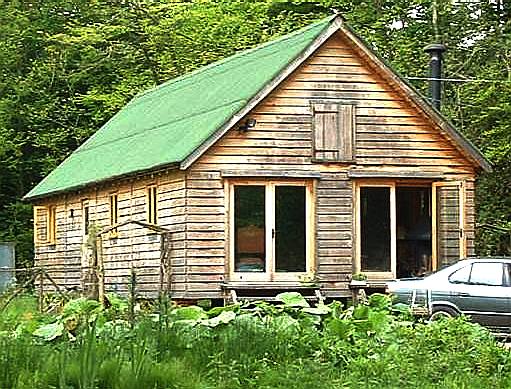|
HOUSING ENERGY REQUIREMENTS/CONSUMPTION
|
||||||||||||||
|
A typical offshore oil rig supplying messy polluting energy for transport and heating. The effort expended drilling for oil is several thousand times that exploring the use of renewables in action for affordable communities.
WHERE DOES OUR ENERGY COME FROM?
In 2011, energy consumption in the domestic sector was 38,842 thousand tonnes of oil equivalent. This was 5 per cent higher than in 1970, but 5 per cent lower than in 1990 and 20 per cent lower than in 2010. The sharp fall between 2010 and 2011 is a combination of an unusually high level of consumption in 2010 - largely driven by colder temperatures, a warmer than usual year in 2011, and the continued rollout of energy efficiency measures in homes. The 2011 figure shows a return to a longer term trend, with energy consumption falling since 2004.
WHAT
DO WE USE ENERGY FOR?
This is a common unit of measurement which enables different fuels to be compared and aggregated. In other words, you cannot add tonnes to kWh so there is a need for a common unit. A tonne of oil equivalent is a unit of energy, like GJ.
In common with the International Energy Agency and with the Statistical Office of the European Communities, the tonne of oil equivalent is defined as follows:
In nearly all of our published information, we will be using Kilowatts as the unit of energy. This is because nearly all of the energy we are suggesting may be harvested is electrical energy for supply to the grid. Whereas, heat energy that is harvested is stored locally for local use.
The mobile home above would have been Utopian, if it had included our RE kit at the build stage. Once built a house costs several times to convert to passive heating, etc, that which might have been included. This unit has no PV or wind generation harvesting equipment.
SMARTER HOUSES
Properly integrated buildings could become the power stations of the future. We are developing our system bottom-up with smart energy management for warmth and power, that our E-Pax units may be integrated as communities, taking into consideration charging facilities for electric vehicles at home and intelligent monitoring of 'Macro' generation, for power sharing. To even think about this, a basic unit needs to be capable of generating and storing electricity and heat.
Whether
a small clusters of buildings in a village development, or a major urban
town expansion, there is the need to integrate electric vehicles into
our society with power sharing and storage. This may be achieved with
inter-connected heating and power systems at the single building unit
level fed into a community of such units.
*
Develop smart bottom-up systems driven by the need for warmth, power and
transport. * Develop energy harvesting and storage systems on a Macro system basis.
*
Ensure that our RE Macro developments are prepared for the digital electricity
era where appliances can intelligently
RE-PAX SMART ENERGY STORAGE SYSTEM
Our smart energy/heat store system is the subject of a patent application. No other flatpack house or mobile home includes this technology. Enquiries from Councils considering such integration projects are welcome - especially concerning sharing development risk as part of a consortium.
JOIN IN
Join us in the drive for a green economy. Email or call to register your interest in these exciting sustainable developments for a better Britain.
(Prices liable to fluctuation due to volatility of the international timber market)
AFFORDABLE | CLIMATE | DEVELOPERS | ECONOMY | FLOOD | HISTORY HOMES | LADDER | MORALS | POVERTY | PROPERTY | SLAVERY | SLUMS | WEALTH
|
||||||||||||||
|
This website is Copyright © (updated) 2018. All rights reserved. All other trademarks are hereby acknowledged. Contact Us www.cherrymortgages.com
|



